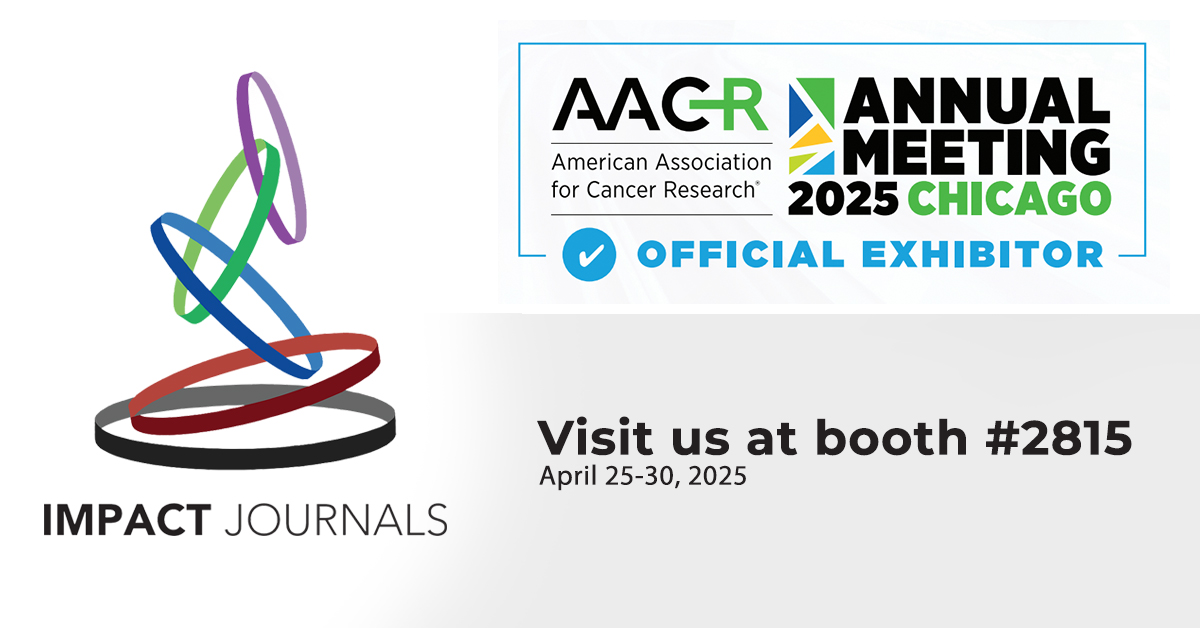Research Papers:
mTOR regulates proteasomal degradation and Dp1/E2F1- mediated transcription of KPNA2 in lung cancer cells
Metrics: PDF 2191 views | HTML 2828 views | ?
Abstract
Chun-I Wang1, Yan-Yu Chen2, Chih-Liang Wang4, Jau-Song Yu1,2,3, Yu-Sun Chang1,2, Chia-Jung Yu1,2,3,4
1Molecular Medicine Research Center, Chang Gung University, Tao-Yuan, Taiwan
2Graduate Institute of Biomedical Sciences, College of Medicine, Chang Gung University, Tao-Yuan, Taiwan
3Department of Cell and Molecular Biology, College of Medicine, Chang Gung University, Tao-Yuan, Taiwan
4Department of Thoracic Medicine, Chang Gung Memorial Hospital, Linkou, Tao-Yuan, Taiwan
Correspondence to:
Chia-Jung Yu, e-mail: [email protected]
Keywords: KPNA2, lung cancer, EGFR, mTOR, E2F1
Received: October 24, 2015 Accepted: March 06, 2016 Published: March 18, 2016
ABSTRACT
Karyopherin subunit alpha-2 (KPNA2) is overexpressed in various human cancers and is associated with cancer invasiveness and poor prognosis in patient. Nevertheless, the regulation of KPNA2 expression in cancers remains unclear. We herein applied epidermal growth factor (EGF) and five EGF receptor (EGFR)-related kinase inhibitors to investigate the role of EGFR signaling in KPNA2 expression in non-small cell lung cancer (NSCLC) cells. We found that EGFR signaling, particularly the mammalian target of rapamycin (mTOR) activity was positively correlated with KPNA2 protein levels in NSCLC cells. The mTOR inhibitors and mTOR knockdown reduced the protein and mRNA levels of KPNA2 in NSCLC and breast cancer cells. Specifically, rapamycin treatment induced proteasome-mediated KPNA2 protein decay and attenuated the transcriptional activation of KPNA2 by decreasing Dp1/E2F1 level in vivo. Immunoprecipitation assay further revealed that KPNA2 physically associated with the phospho-mTOR/mTOR and this association was abolished by rapamycin treatment. Collectively, our results show for the first time that KPNA2 is transcriptionally and post-translationally regulated by the mTOR pathway and provide new insights into targeted therapy for NSCLC.
 All site content, except where otherwise noted, is licensed under a Creative Commons Attribution 4.0 License.
All site content, except where otherwise noted, is licensed under a Creative Commons Attribution 4.0 License.
PII: 8170

